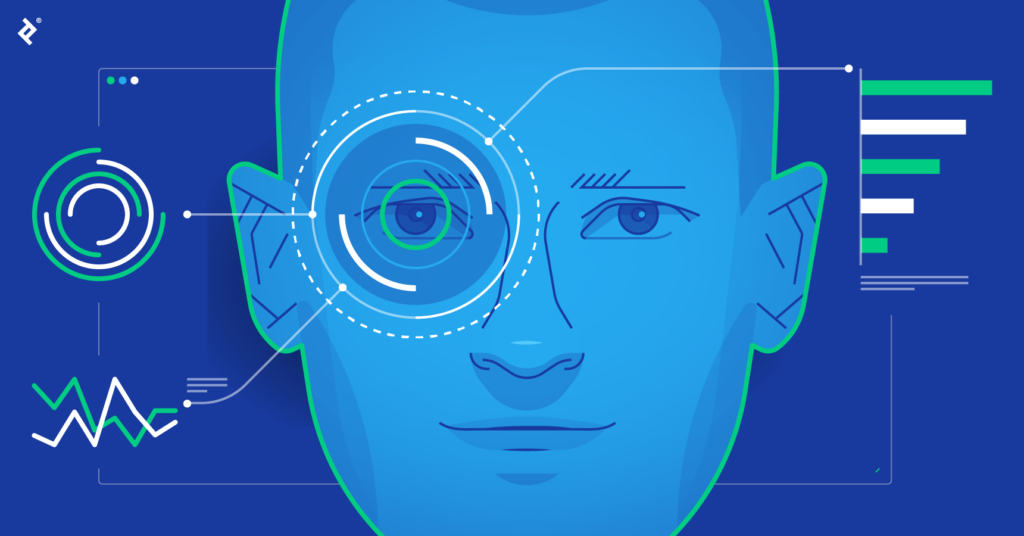Exploring the Fascinating Realm of AI-Generated Headshots and Professional Portraits
In today’s digital age, the lines between reality and artificial intelligence (AI) are becoming increasingly blurred. One area where this is particularly evident is in the realm of portrait photography. With the advent of AI-generated headshots, individuals now have access to a new means of creating professional-looking portraits with just the click of a button. But how do these AI-generated portraits compare to traditional, professionally-taken headshots? And perhaps more intriguingly, how do viewers perceive and react to them on a psychological level?
The Rise of AI-Generated Headshots
AI-generated headshots, also known as synthetic portraits or generative adversarial network (GAN) portraits, have gained significant popularity in recent years. These portraits are created using advanced machine learning algorithms that analyze and synthesize facial features to generate lifelike images of non-existent individuals. By training on vast datasets of real human faces, these algorithms can produce highly realistic portraits that are often indistinguishable from those captured by professional photographers.
One of the key advantages of AI generated headshots is their accessibility and affordability. In the past, obtaining a professional headshot typically involved scheduling a photo shoot, hiring a photographer, and potentially investing a considerable amount of time and money. However, with AI-generated portraits, individuals can now create professional-looking images in a matter of seconds, using nothing more than a computer or smartphone.
The Appeal of Professional Headshots
Despite the convenience of AI-generated headshots, traditional professional portraits continue to hold a significant allure for many individuals. There are several reasons why people may opt for a professionally-taken headshot over a synthetic alternative.
First and foremost, professionally-taken headshots offer a level of authenticity and personalization that is often lacking in AI-generated images. A skilled photographer can capture not only the physical appearance of their subject but also their personality, essence, and unique characteristics. This human touch adds depth and resonance to the final image, making it more engaging and memorable for viewers.
Additionally, professional headshots are often associated with credibility, trustworthiness, and competence. In many industries, such as business, academia, and entertainment, having a high-quality headshot can enhance one’s professional reputation and open doors to new opportunities. A carefully crafted professional portrait can convey professionalism, confidence, and reliability, helping individuals make a positive impression on clients, colleagues, and potential employers.
The Psychology of Perception
The human brain is a complex and fascinating organ, capable of processing vast amounts of visual information in the blink of an eye. When it comes to perceiving and evaluating portraits, our brains rely on a combination of sensory input, past experiences, and cultural influences to form judgments and reactions.
When viewing AI-generated headshots, our brains may initially struggle to distinguish between real and synthetic images. This phenomenon, known as the “uncanny valley,” occurs when a synthetic object closely resembles a human but exhibits subtle imperfections that trigger feelings of unease or discomfort in observers. While AI-generated portraits may appear highly realistic at first glance, closer inspection may reveal subtle discrepancies or artifacts that betray their artificial origins.
In contrast, professionally-taken headshots often evoke a sense of familiarity, warmth, and trust in viewers. This is due in part to the human element involved in their creation. When we look at a professionally-taken portrait, we not only see the subject’s physical features but also sense their presence, personality, and emotions. This emotional connection can elicit positive feelings and associations in viewers, leading them to perceive the subject in a more favorable light.
Implications for Business and Marketing
The way in which individuals perceive and react to AI-generated headshots versus professional portraits has significant implications for businesses, marketers, and individuals seeking to establish a strong online presence.
For businesses and brands, the decision to use AI-generated headshots versus professional portraits may depend on various factors, including budget constraints, time limitations, and target audience preferences. While AI-generated portraits offer a quick and cost-effective solution for creating a cohesive visual identity, they may lack the authenticity and emotional resonance of professionally-taken images. As such, businesses should carefully consider the message they wish to convey and the impact that different types of portraits may have on their target audience.
Likewise, individuals seeking to build a personal brand or professional reputation online should think carefully about the type of portrait they use in their profiles and marketing materials. While AI-generated headshots may be convenient, they may not always be the most effective choice for making a memorable impression on potential clients, collaborators, or employers. Investing in a professionally-taken headshot can pay dividends in terms of credibility, professionalism, and personal branding.
Embracing the Future: A Human-AI Collaboration
The rise of AI-generated portraits shouldn’t be seen as a threat to traditional art forms or human creativity. Instead, it presents an opportunity for collaboration and exploration. Here are some potential ways humans and AI can work together to create even more compelling portraits:
- AI-assisted photography: AI can assist photographers in various ways, such as suggesting lighting setups, recommending poses, or automatically retouching images while preserving a natural look.
- Personalized portraiture: AI can be used to generate a range of portrait options based on the photographer’s vision and the subject’s preferences. The photographer can then use their expertise to select and refine the best option.
- Creative exploration: AI can be a valuable tool for experimentation. Artists can use AI to generate unexpected and thought-provoking portraits that push the boundaries of traditional portraiture.
Ultimately, the future of portraiture lies in embracing the potential of both AI and human creativity. By understanding the psychology of perception and the unique strengths of each approach, we can create portraits that are not only visually stunning but also evoke a deeper emotional connection with the viewer.
Conclusion
In conclusion, the psychology of perception plays a central role in how individuals react to AI-generated headshots versus professional portraits. While AI-generated portraits offer a convenient and affordable means of creating professional-looking images and video editing, they may lack the authenticity and emotional resonance of professionally-taken portraits. Understanding the psychological factors at play can help businesses, marketers, and individuals make informed decisions about the types of portraits they use and the messages they convey to their audience. Ultimately, whether opting for AI-generated headshots or traditional professional portraits, the goal remains the same: to make a positive and lasting impression on viewers.


